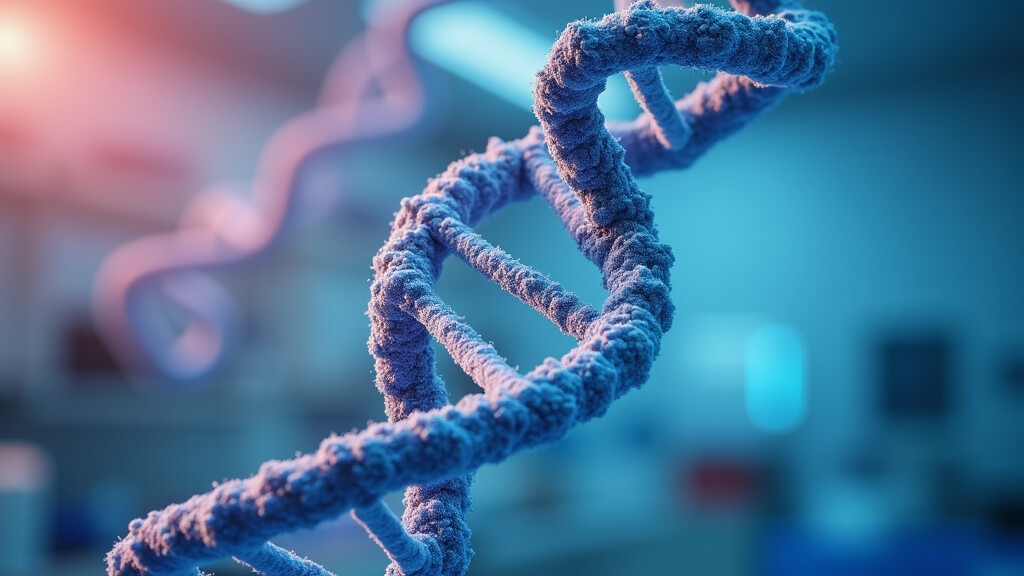Gene therapy is becoming a buzzword in medicine, grabbing attention for its creative approach to treating tough conditions. When it comes to erectile dysfunction (ED), a treatment space usually filled with pills, pumps, and sometimes surgery, gene therapy sounds pretty futuristic. Even though lifestyle changes, medications, and talk therapy work for some, others find their options a bit limited. I’m getting into where gene therapy actually fits into ED treatment and whether it’s the next big thing for men looking for more reliable, lasting help.
Why ED Treatments Need Innovation
Erectile dysfunction affects more guys than most people realize. By age 50, about half of men deal with it at some level. Standard treatments like Viagra or Cialis can be a lifesaver, but they don’t always target what’s really going on underneath. Plus, not everyone can safely use them—think heart meds or certain health issues—and the effects only last a few hours. Lifestyle tweaks and psychological support can help, but these options might not work if physical causes are the real issue.
Gene therapy offers a fresh angle by looking at the root causes. It targets blood flow problems, nerve damage, or cellular glitches in the penis. Instead of patching things up for the moment, it’s about fixing what’s broken at the very source. That’s why there’s so much excitement in the medical world over these potential treatments.
How Gene Therapy for ED Works
Gene therapy isn’t magic, but it aims to introduce new genetic material into specific cells. The goal is to fix or tweak the function of those cells to trigger the right response. In the case of ED, researchers focus on repairing blood vessels, improving nerve signals, or even protecting penile tissue from further damage.
There are two main approaches getting the most attention right now:
- Increasing nitric oxide production: Nitric oxide plays a major role in blood flow. Some trials try to boost this production directly in penile tissue, helping blood vessels expand so an erection can occur as nature intended.
- Repairing or replacing damaged genes: If certain genes aren’t doing their job (for instance, those related to blood vessel health or nerve signals), gene therapy can try to swap them for working versions, reversing the problem directly.
These strategies make use of harmless viruses or nanoparticles as their delivery systems. Basically, they act as carriers, bringing the healthy gene to exactly where it’s needed.
Current Evidence: Is Gene Therapy for ED Close to Prime Time?
Most of what we know today about gene therapy for ED comes from animal studies and a handful of early-phase clinical trials in people. Results look promising: some men who weren’t getting results from pills saw improvements in erections after treatment. Research has, so far, focused mainly on increasing nitric oxide or proteins that help maintain healthy blood vessels.
One of the most talked-about trials used therapy called hMaxi-K, which delivered a gene for a potassium channel protein. This protein helps relax smooth muscle in the penis and improves blood flow. Early results showed better erections for several months after a single injection, although these have been small and early studies—so the results aren’t guaranteed for everyone just yet.
According to a review in the Asian Journal of Andrology, ongoing research is needed before gene therapy could become standard care. Large trials that monitor patients long-term will be crucial to make sure it’s safe and actually works in daily life.
Another key point is that gene therapy may be particularly useful for ED caused by underlying physical issues such as diabetes, nerve injuries, or vascular disease. For men who have tried oral medications and found little success, gene therapy could represent a much-needed solution.
Gene Therapy Steps: From Lab to Clinic
Turning gene therapy into an option that doctors can actually offer follows a set of important steps:
- Studies in Animals: Researchers first see if gene therapy can work in animals with ED models that mimic diabetes, aging, or surgery-induced nerve damage.
- Early Human Trials: Once safety and dose are worked out, scientists test gene therapy in a small group of men.
- Larger Trials: If early results are promising, bigger studies compare gene therapy to standard treatments or placebo.
- Approval: All the data goes to regulators, who review safety and effectiveness before approving mainstream use.
Most gene therapies for ED haven’t cleared those larger trials yet. Moving through these stages takes time, resources, and rigorous documentation to ensure treatments are safe for years to come.
Challenges and Real-Life Limitations
Even with all the hype, there are real hurdles making gene therapy for ED a tough sell right now:
- High Costs: Developing gene therapy is expensive, and at first, prices could be beyond reach for many people.
- Regulatory Barriers: Every stage is regulated tightly. Any wrinkle in safety can push research back by years.
- Potential Risks: Side effects include inflammation, immune system reactions, or unintended gene changes elsewhere. These risks mean those receiving gene therapy need careful long-term follow-up.
- Limited Long-Term Data: There isn’t enough data to know if benefits last or if more treatments are necessary later.
And on top of that, some men may still prefer familiar options that work fast even if they need regular use. For now, gene therapy feels like a future option, especially when nothing else does the job.
What Makes Gene Therapy for ED Worth Considering?
Here’s where gene therapy could really make a difference for some people:
- It tackles physical causes when pills and pumps don’t cut it.
- It targets blood flow, nerves, or tissue health—key factors for tough cases, like diabetes or after prostate surgery.
- There’s potential for results that last longer than medicine you take before intimacy.
Anyone who’s had to plan intimacy around medication timing (or worry about side effects) can see the appeal of a one-and-done approach that lasts for months or even years. That’s a big draw for gene therapy, should trials prove successful.
Drawbacks and Considerations for Anyone Looking at Gene Therapy
Jumping into gene therapy isn’t an easy option at this stage. Even as more studies are launched, you’ll need to consider several points:
- Access and Cost: Like any cutting-edge health tech, initial treatments will likely be expensive and only available through top research hospitals.
- Unknowns About Safety: Even well-run tests can only spot certain risks—immune reactions and infections are always a concern, especially for those with other medical issues.
- Suitability: Gene therapy isn’t a fit for all types of ED. Doctors need to check and rule out hormonal, psychological, or relationship causes first.
Doing your homework matters, especially with treatments that promise “permanent” solutions at steep prices. If something says it’s gene therapy for ED, make sure it’s approved by authorities or being run as an official clinical trial.
Gene Therapy for ED in the Real World
In terms of real-world treatment, gene therapy for ED is still in the research stage. You won’t find it at a standard clinic or pharmacy anytime soon. That said, large academic hospitals and medical centers are offering supervised trials where men who have tried everything else can see if gene therapy helps. Volunteers are closely monitored for side effects and improvements, and their involvement helps move science forward.
For men with complex ED, such as those recovering from prostate cancer surgery or dealing with long-standing diabetes complications, gene therapy could someday offer options current therapies can’t. Support groups like the Men’s Health Network and the American Urological Association keep up with research updates and trial news to offer current information for anyone interested.
Frequently Asked Questions
Here are common questions people have about gene therapy for erectile dysfunction, along with clear answers based on what’s understood today.
Question: Is gene therapy available for ED treatment now?
Answer: Right now, gene therapy for ED is only available through clinical trials. It’s not offered in regular clinics just yet.
Question: Who might benefit from gene therapy?
Answer: Men with physical, not psychological, reasons for ED—especially those who don’t respond to standard medications—may be the best candidates if future treatments are approved.
Question: Is gene therapy permanent?
Answer: It’s too soon to say for certain if gene therapy is permanent or if more treatments might be needed later. Early research suggests benefits could last for months or even years after one treatment, but longer-term studies are required.
Question: What’s the main risk with gene therapy for ED?
Answer: The biggest risks are immune reactions, possible infection, or unexpected effects elsewhere in the body if treatment spreads. That’s why trials spend so much effort tracking safety over time.
My Honest Take: Is Gene Therapy Really the Future of ED Treatment?
Gene therapy certainly holds promise as an eye-catching new approach for men with ED, particularly for stubborn cases where nothing else has delivered. For most people today, it’s more a topic to follow and keep in mind for the future, once further research locks in its safety and effectiveness. Staying curious and informed helps you check out every option as new science moves from the lab into real, day-to-day care.
Gene therapy updates for ED are definitely worth tracking, especially if you’re not satisfied with how current methods work. But right now, tried-and-true therapies remain the go-to, while gene therapy continues its path through clinical trial testing and review. I’ll keep watching the space and share useful updates—because better choices in healthcare are something everyone deserves.

